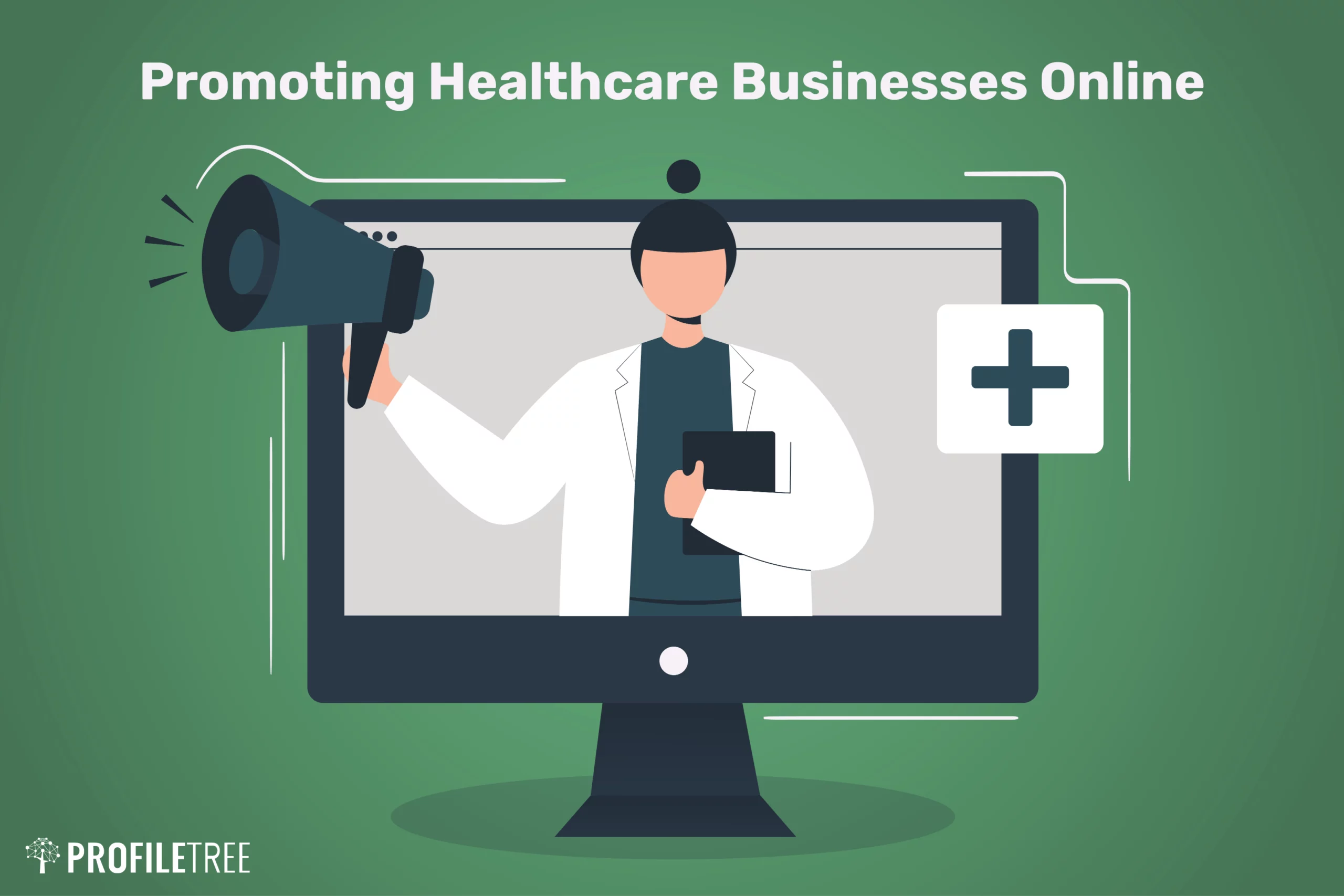The Future of Medicine: Exploring Subscription Based Healthcare Models
The Future of Medicine: Exploring Subscription Based Healthcare Models
Blog Article
Comprehending the Cost-Effectiveness of Subscription-Based Medical Care Versions
As the medical care landscape evolves, subscription-based versions become a compelling option, assuring to redefine exactly how individuals handle clinical expenditures. Examining these versions' cost-effectiveness requires a nuanced comparison with conventional insurance coverage, considering both economic effects and individual contentment. While they use openness and predictability in expenses, questions stay regarding their capacity to meet diverse health care requirements, especially for specialized therapies. The point of views of doctor better complicate this formula, presenting a diverse challenge. What does the future hold for these designs, and can they absolutely supply on their promise of easily accessible, economical treatment?
Introduction of Subscription-Based Models
Subscription-based medical care designs, in some cases described as straight health care or concierge medicine, are increasingly getting focus as a prospective option to ineffectiveness within standard healthcare systems. These versions operate on the concept of offering people straight access to medical care suppliers with a annual or regular monthly fee, bypassing the requirement for typical insurance coverage systems. This plan aims to streamline patient-provider interactions by reducing administrative problems, which frequently impede individualized and prompt care.
At the core of subscription-based designs is the focus on an extra customized client experience. People take advantage of enhanced accessibility to their doctors, often including next-day or same-day appointments, prolonged appointment times, and straight communication channels such as phone or video phone calls. This version fosters a proactive strategy to healthcare, where carriers and clients can collaboratively concentrate on preventative treatment and persistent disease management.
Cost Comparison With Conventional Insurance Coverage

One of the primary financial benefits of membership designs is transparency in prices. Alternatively, standard insurance may be much more beneficial for individuals requiring specialized care or expensive treatments not covered under a registration design, as they profit from the more comprehensive coverage network and cost-sharing mechanisms.
However, cost-effectiveness is context-dependent. While subscription versions may provide savings for those mostly needing medical care, individuals with persistent conditions or specialized medical care needs may discover traditional insurance coverage extra detailed. Consequently, assessing certain health care needs and possible usage is vital in establishing one of the most economical option for people.
Effect On Person Complete Satisfaction
Client fulfillment within subscription-based healthcare versions commonly reflects a substantial enhancement over standard insurance policy systems. Unlike standard systems, where individuals could experience hold-ups in receiving care, subscription-based models ensure more straight and timely communications with health care service providers.
Furthermore, the transparency in expenses associated with subscription-based healthcare reduces the usual aggravations associated with unanticipated fees and intricate billing processes seen in standard find insurance coverage (subscription based healthcare). Clients value understanding the exact monetary commitment upfront, causing raised trust fund and self-confidence in their healthcare administration
In addition, the focus on preventative care and wellness in membership designs contributes to enhanced health results, further enhancing client complete satisfaction. By focusing on continuous health care instead of anecdotal care, individuals experience an even more continual and alternative medical care journey.
Moreover, the enhanced provider-patient connection promoted in these versions, defined by even more time spent per person and individualized attention, plays an important role in boosting patient satisfaction levels, as individuals really feel genuinely taken care of and recognized.
Company Viewpoints and Experiences
From the provider's point of view, subscription-based health care designs provide a transformative approach to delivering clinical services. These designs stress a preventative and aggressive health care strategy, enabling companies to concentrate on comprehensive patient treatment without the restraints of standard fee-for-service setups (subscription based healthcare). This shift in focus commonly causes enhanced patient results and increased carrier satisfaction, as healthcare professionals can allot more time and sources to client engagement and individualized care strategies
Additionally, membership models assist in foreseeable profits streams, which enhance financial security for health care companies. This predictability allows for improved source planning and allowance, adding to an extra effective healthcare distribution system. Service providers can purchase personnel innovation, facilities, and training renovations, thus boosting the high quality of treatment supplied.
Nonetheless, the transition to subscription-based models is not without difficulties. Despite these difficulties, numerous service providers locate that the benefits of raised person communication and streamlined procedures outweigh the initial challenges, making subscription-based models an eye-catching alternative.
Future Prospects and Challenges

A main challenge is regulatory compliance, as registration versions need to follow evolving health care policies and insurance coverage requirements. This requires continuous adjustment and development to make certain positioning with lawful requirements. Additionally, integrating these designs into existing healthcare facilities can be intricate, calling for considerable investments in technology and training.
There is likewise the prospective threat of producing inequities in healthcare access, as registration designs might prefer those who can manage them, leaving at risk populaces underserved. Addressing this needs thoughtful factor to consider of pricing approaches and aid systems to guarantee inclusivity.
Verdict
Subscription-based health care models provide a sensible alternative to traditional insurance by providing financial predictability and transparency, particularly profiting people with chronic conditions or regular health care needs. The cost-effectiveness of these designs is contingent upon specific medical care usage patterns and scenarios.
Subscription-based medical care models, often referred to as straight key care or attendant medicine, are significantly obtaining attention as a prospective remedy to inefficiencies within conventional health care systems. Unlike typical systems, where patients might experience hold-ups in receiving treatment, subscription-based designs make certain more direct and timely communications with medical care providers.
These here models stress a preventative and aggressive medical care approach, enabling suppliers to focus on detailed person care without the constraints of typical fee-for-service plans. As these versions proceed to obtain traction, they provide the potential to transform individual accessibility to care, streamline service delivery, and enhance health care investing.Subscription-based healthcare designs offer a feasible alternative to typical insurance policy by supplying financial predictability and transparency, especially profiting individuals with chronic problems or frequent healthcare needs.
Report this page